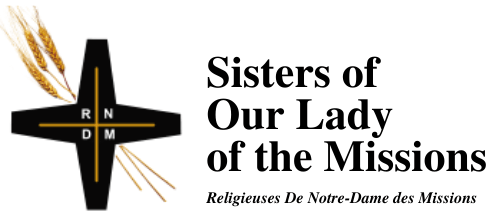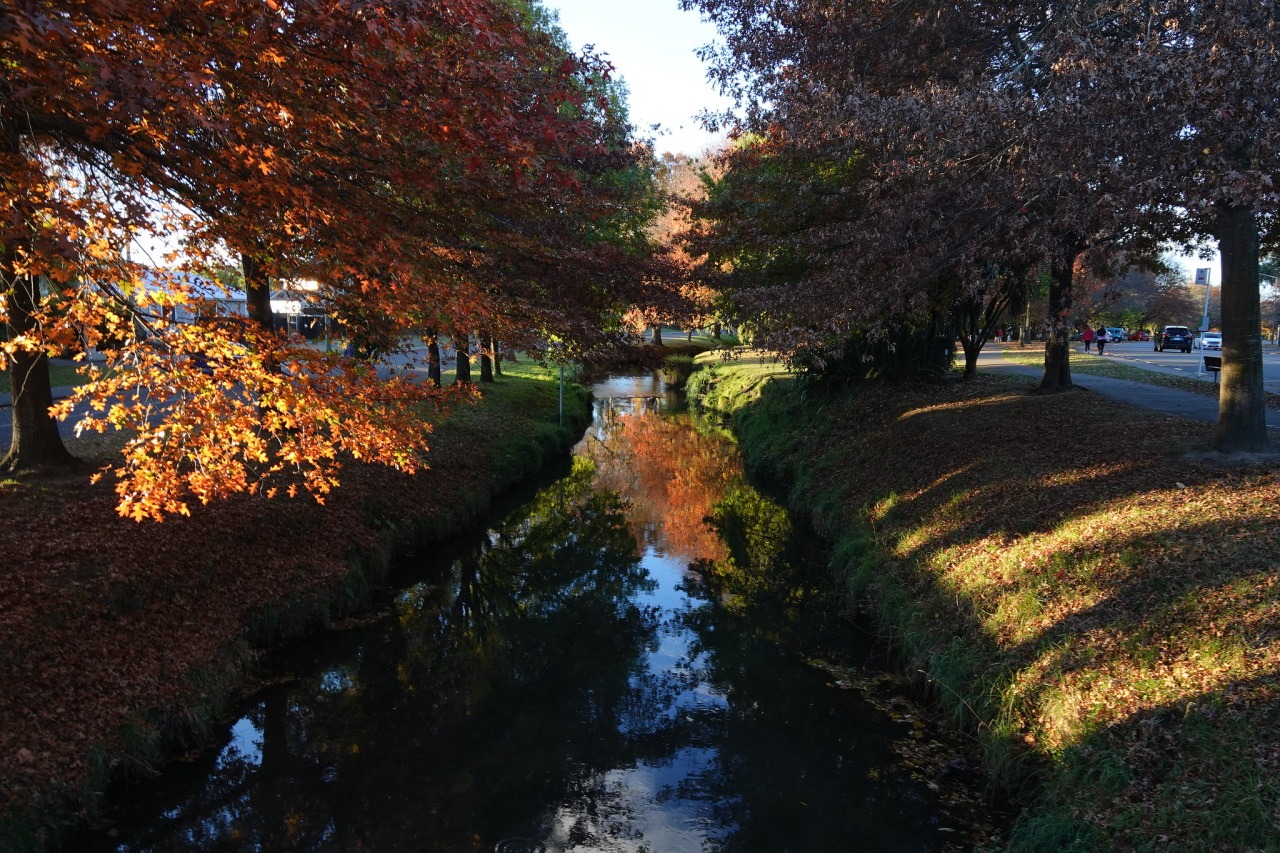62 Ferry Road, Christchurch, New Zealand is well remembered by the many Sisters of Our Lady of the Missions as they made their novitiate there, the second convent home of the RNDM congregation in Aotearoa/New Zealand. Constructed in the early 1850s, Ferry Road was the only road for settlers in the final stage of their journey from England to the newly-established settlement of Christchurch. For several kilometres, Ferry Road follows the Ōpāwaho (Heathcote) River which, for the early European settlers, became a waterway for cargo vessels. Tow paths were constructed for bullocks and horses towing these ships and barges.
Formerly, Ngāi Tahu1 and their ancestors treasured the Ōpāwaho as a source of life, part of their taonga: an ecological balance was respectfully maintained. In the space of just thirty years, settlers managed to silt up a water channel that had been eight metres deep. The source of the silt was primarily from the de-forested slopes of the Port Hills, but a contributing factor was that the river was used as a sewer and drain for the industrial factories.
By 1900, nearly a quarter of New Zealand’s industrial activity was located in this area with all the waste being pumped into the river. What a sorry state for the once vibrant awa (river) that used to teem with life! Worse still, in 1956 a valuable portion of the estuary formed by the Ōpāwaho and Te Ihutai (Avon) Rivers was confiscated from Ngāi Tahu, the Maori tribe who belonged to this whenua/land, under a Public Works Act for the sewage treatment plant. Even today, this sewage treatment plant is a major concern for residents of the area. How could the Ōpāwaho, its estuary and the Ngāi Tahu people ever recover from such a trauma?2
In 2017, six years after the devastating earthquakes in Christchurch, a small group of ecologically minded people founded the Ōpāwaho Heathcote River Network (OHRN). It is composed of neighbourhood communities, including schools, networking together with the city council and other organisations. OHRN cares deeply about the health and mauri/life force of the river, about connecting the community around the river and about advocating on behalf of the river and its catchment. There is a strong and respectful relationship with Ngāi Tahu. Hope springs forth!
Only three minutes’ walk from home to the awa, how could we not get involved? After participating in a couple of local school activities related to OHRN, we are now members of this network.
We have discovered visible evidence of progress; a decrease in water pollution, regeneration of indigenous plants, growing bird numbers, including migratory birds, the return of fish that have been absent for years, a food commons so all can share the fruits of the earth – Roimata Food Commons, former tow tracks now converted into little reserves, bollards and plaques marking historical spots along the river.
So far, we have participated in guided river and estuary walks and the annual “Mother of all Clean-ups”, sponsored by Christchurch City Council and business groups. This year, we plan to take part in activities marking World Rivers Day, 25th September. It is never too late to participate in local ecological ventures and to make new friends.
1 Ngāi Tahu are the Māori people of the south island of Aotearoa New Zealand
2 See Ōpāwaho/Heathcote River Network, https://ohrn.nz/
Photo Credit: “Heathcote River in autumn” Image © Jon Sullivain, 2020, via Flickr. Some Rights Reserved.
License: Creative Commons — Attribution-NonCommercial 2.0 Generic (CC BY-NC 2.0)
Used in accordance with the license and copyright law.


For several years, I have been involved with the care of a little St. Boniface waterway – the Seine. So I feel a particular solidarity with your efforts in ANZ, as you also take action “for love of a river”.
Thanks Kathleen for this very hopeful story of the OHRN network of organizations and people and our RNDM community walking in solidarity with others to “care deeply” for the river. Like our indigenous people say ,
“water is life”.
What a powerful piece, Kathleen, growing bird numbers, the return of the fish and a loving community; I imagine that little river is singing.
Thanks so much, Kathleen (and Claire Murphy)! Your sharing reminds me of how important small acts can have big consequences for restoring the planet. We won’t help to save what we don’t love, so I find your reflection very encouraging.